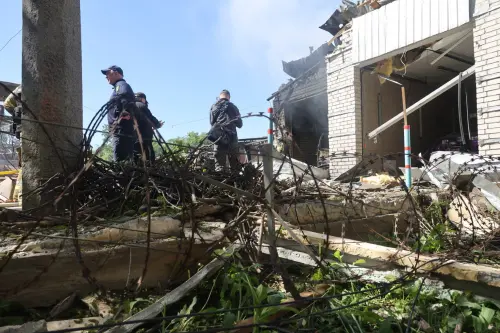Second Postscript: A New Model Afghan Army
Three years after the U.S.-led military intervention in Afghanistan, the country is tenuously clinging to peace. Despite some successes in establishing a national army, the central government headed by Hamid Karzai remains weak. Afghanistan’s political landscape is still largely dominated by armed parties loyal to individual warlords, who are preventing the effective implementation of the 2001 Bonn Agreements and threatening both the security and validity of the upcoming presidential elections.
The fledgling Afghan National Army (ANA) has scored some points. The ANA now consists of approximately 14,000 troops who have each completed about three months of U.S.-led training. As our prior analysis predicted, this is far from the force of 70,000 called for by the Bonn Agreements. Nevertheless, the force is large enough to douse occasional local flare-ups of conflict.
With the support of U.S. and NATO forces, 1,500 ANA troops were recently deployed to quell fighting between rival factions in the western province of Herat. The ANA has also been dispatched to disarm commanders in northern Mazar-i-Sharif and to stem other battles between rival warlords. Although 46,000 Afghan police officers will be primarily responsible for providing security for the election on October 9, President Karzai intends to use the ANA, in combination with a NATO-led peacekeeping force, to support police efforts. Ordinary Afghans, tired of the factional fighting that has crippled their country for much of the past two decades, largely welcome the ANA’s presence, often greeting ANA soldiers with flowers and other shows of respect.
Much work remains to be done, however. The ANA continues to be plagued by desertions, often prompted by discontent over low pay. And the army still shies away from direct conflict with armed militias. Indeed, demilitarization has hardly begun. We argued in the summer of 2002 that it was unrealistic to expect militias to disarm willingly and suggested that they be incorporated into lightly armed provincial guards similar to those that exist in India and Pakistan. But instead the Afghan government and the international community favored a full-demilitarization strategy, which has largely stalled. By even the most conservative estimates, militia fighters outnumber regular ANA troops by at least five to one. Afghan defense ministry officials, who control some of them, have helped stymie the demilitarization programs.
Washington has not helped much lately. It recently backed a plan to re-equip and train certain militia units to support U.S. Special Forces in counter-insurgency operations. But the prospect of a U.S.-backed militia dominated by one ethnic group became a ready excuse for Afghan militia commanders and certain defense ministry officials to shelve plans for demilitarization.
Washington’s single-minded focus on the fight against al Qaeda and Taliban remnants while neglecting broader Afghan security issues could backfire. U.S military forces are as involved in local politics and civil affairs as ever, and the short-term re-equipment of certain militias could destabilize an already tenuous process and prolong U.S. deployment in the region. For its own sake and that of the international community at large, Afghanistan merits more than the scant attention it receives today.



Commentary
Arming Kabul, Disarming Cabals
September 22, 2004